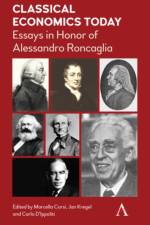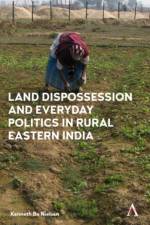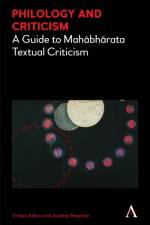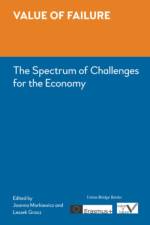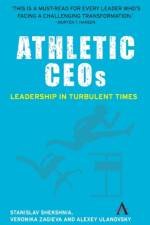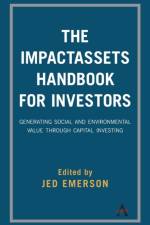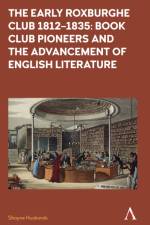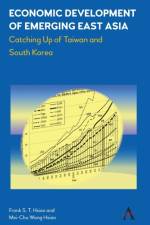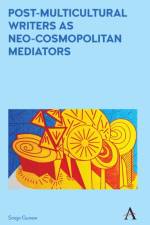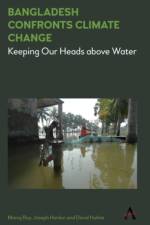- Institutions, Dynamics, Discourses
1 799,-
This volume brings together articles written by experts in the literary history of Central and Eastern European literatures. The overarching topic is the export of Socialist Realism into Europe after WWII, but the authors are interested not so much in highlighting the generalised, top-down mechanism of the project, as in the particularities of each specific national and cultural context. Research shows that in practice the introduction of the Soviet cultural model was not quite the smooth endeavour that it was intended to be; rather, it was always a work in progress, often born out of a give-and-take with the local authorities, intellectuals and interest groups. Those in charge negotiated the precarious terrain of local cultural and political controversies, caught between tradition and innovation in some countries, or, in others, between a sincere interest in the new concept of art and a complete refusal to accept new rules. Paradoxically, among all the different experiences of introducing, importing imposing Socialist Realism in the specific national contexts, the one thing in common is that each case was a response to the local conditions, a process of working through the challenge of inscribing a staunch theory into the daily reality of an unfamiliar country, language and culture.The general approach shared by the authors is based on the premise of there having been a mutual influence between the various forces engaged in the process - be it between the 'host cultures' and 'the centre' (i.e., the Soviet authorities), traditional groups and advocates of artistic innovations, similar creative movements in different countries, or political rivals and various interest groups from the literary milieu. But the interrelationship between the texts in this collection is also dialogic: selected with a view of complementing each other, often offering different perspectives on the same issue. Thus, the socialist realist episode in the Yugoslav arts and letters can be regarded either as a short episode, a foundation of the national myth, or a chapter in the ongoing rivalry between competing parties in the creation of a national canon (Perusko, Norris, Ivic). The Czech case can be seen as exemplary strenghtening of traditional pre-war censorship mechanisms or as an awkward attempt to accommodate the Soviet version of a new positive hero (Jana─ìek, Schmarc). The role of leftist intellectuals returning from exile, their interactions with Soviet representatives, as well as the framing of these interactions in the national cultural debate in East Germany and Hungary were both similar and distinctly different (Hartmann, Fehervary, Robinson, Skradol; Scheibner, Kalmar, Balazs). Even in the case of the loyal Soviet satellite Bulgaria, Soviet style institutions can be analysed differently, depending on whether one takes a synchronic view at the time of their imposition, or a diachronic view, observing their evolution over time (Volokitina, Doinov). At the same time, Soviet efforts directed at the creation of a unified socialist cultural sphere were quite versatile, and by no means limited to activites in specific countries (Zubok, Djagalov, Ponomarev). Finally, when it comes to the demise of Socialist Realism as a Pan-European project, having a country-specific perspective next to a more general, European picture is productive for an assessment of the true significance of the events in question (Dobrenko, Gunther).The texts are divided into sections which reflect the organising principle of the volume: an overview with a focus on specific case-studies and an analysis of distinct particularities with attention to what patterns of negotiation and adaptation were being developed in the process. Most of the contributions rely on archival resources, often previously unexplored, and all of them place the issue they are concerned with into a broader institutional, social and cultural context.


